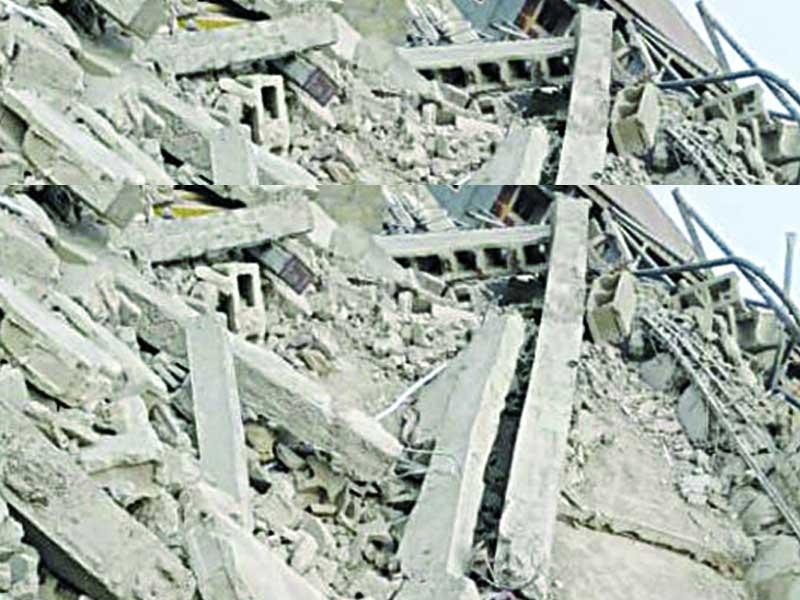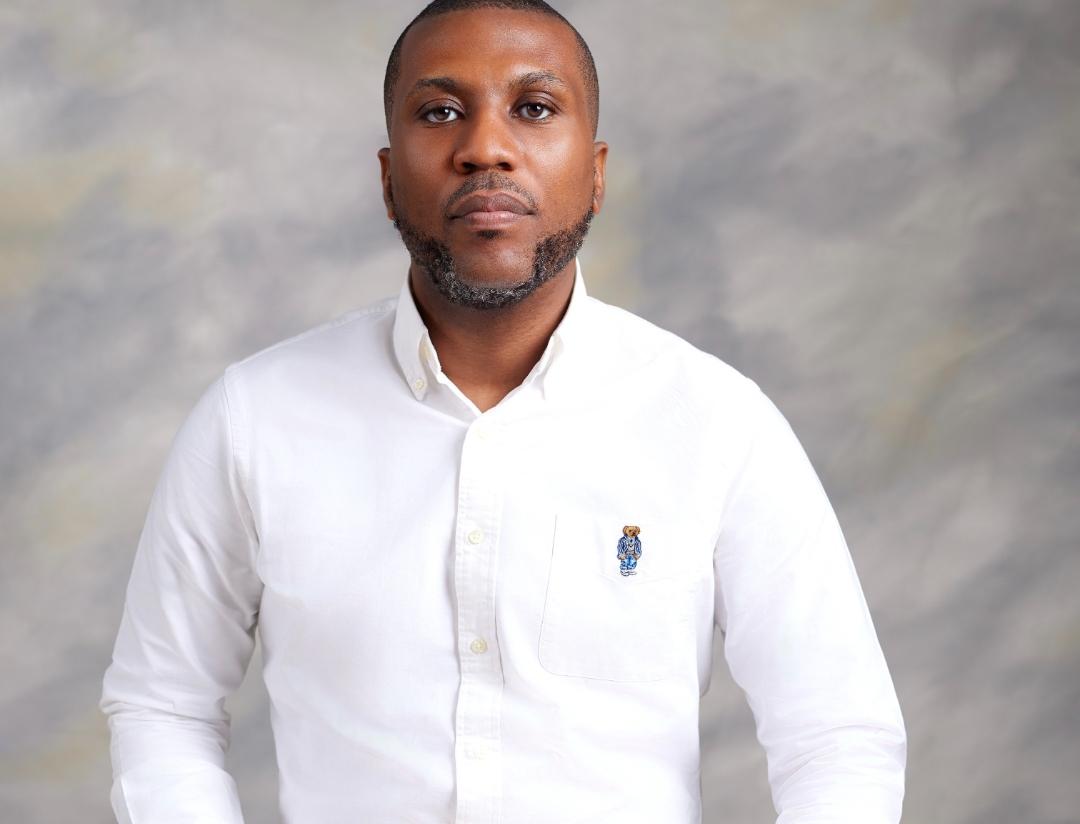By Kenneth Uttih and ‘Boye Shoroye
Reflecting on the recent building collapse on Gerard Road, Ikoyi, Lagos, Nigeria– a highbrow area reserved for the upper echelon of society, one cannot but wonder at the layers of lapses that eventually culminated in this magnitude of disaster and fatalities.
Civil engineers are the custodians of all forms of infrastructure, therefore, the concerns that the tragic collapse of the 21-storey building that was under construction has raised are in order. The built environment, no doubt, is the bedrock of any meaningful national development. The infrastructural revolution across the country testifies of the importance of this sector to our economy, and it comes with its attendant risks to lives and businesses. The success of any infrastructural concern has as much bearing on society as its failure and history is replete with evidence that the latter can be utterly devastating.
Real estate – a subset of the infrastructural space, has witnessed an unregulated influx of overnight developers in the industry whose aim is profit at all cost. Like the soulless capitalists they are, they have the audience of the unsuspecting investors or clients and are always willing to engage uncertified hands ranging from impostors loitering on the corridors of power, who know nothing about science let alone engineering, to the non-engineers whose affiliation to the profession is tangential.
Whilst we may argue about the immediate cause(s) of the collapse, the indisputable fact is that a high-rise building collapsed and lives were lost! These avoidable losses were eventuated by gross negligence on the part of all stakeholders in the industry.
Be reminded that every big project starts with an idea. The architect is usually the first point of call whose principal objective is to articulate the client’s brief and translate those lofty ideas into relatable images. However, the architect is limited. Beyond the cosmetics of the building lies the skeletal framework upon which the durability of the building rests. From experience, this is one of the junctures where most clients get it wrong. The focus is tilted more towards finishes and panoramic views projected to potential buyers or end-users whereas less attention is paid to structural integrity. When the motive is an abnormal return on investment over a limited time, reason takes the back seat. Their common way to achieve the end game is to either avoid other consultants or engage quacks whose means of livelihood are dependent upon ignoring the grave consequences of their greedy actions.
Other times, the clients are also unaware of the fact that other professionals must be involved to realise their dream buildings. For the building to be approved by the relevant statutory agencies, several professionals which include structural, geotechnical, mechanical, electrical and fire-fighting engineers must make their professional contribution to the building plans. Construction drawings appropriate to the professionals in the built environment are developed and submitted to the statutory agencies for approval, after which the client proceeds to the construction phase and remotely manages the project through a selected contract administrator.
Of all the professionals in the industry, the burden of structural adequacy, integrity and stability of the building is on the structural engineer. The structural engineer is responsible for the safety of the building during construction and during its service life in accordance with the design brief. The structural engineer computes all the gravity loads, wind forces, earth forces and other environmental forces that could undermine the stability of the building, and therefore design the building to resist them. The structural engineer also ensures the durability of the building carcass in the event of a fire. The structural engineer accounts for all the loads (weights) the building shall be subject to during the construction and service life, from the point of application to a safe stratum in the soil. The structural engineer is also responsible for the choice of construction materials based on the strength of constituent materials or a composite of materials.
These and many more are reasons why the structural engineer is considered the risk owner in the event of structural failure and therefore deemed liable.
Inputs from geotechnical engineers whose responsibility includes assessing the strength of the soil underlying the proposed building and jointly recommending the type of foundation suited to the building based on a combination of soil information and site realities are very fundamental to the stability of any building. Any mistake from any of these two professionals at the early stages of their work has a high probability of surfacing during construction or the lifetime of the building.
To become a licensed engineer in Nigeria, you will require special training which includes a minimum of five-year university engineering education and a minimum of four-year post-graduate work experience in an engineering discipline. So how is it possible that people who are not trained to do engineering jobs actually do them in Nigeria? The regulating government agencies – Council for the Regulation of Engineering in Nigeria (COREN) and the Nigeria Society of Engineers (NSE) are not just doing enough! The other question right now is, why is it that most of the building collapses we have in Nigeria happen in Lagos despite the presence of a state-backed agency responsible for building control and given that the Ikoyi collapse was still under construction?
The Lagos State Building Control Agency (LASBCA) has the responsibility of building control in all its ramifications. This includes but is not limited to approving the commencement of construction after obtaining a development permit; inspection and certification of various stages of building construction; and identification and removal of distressed and non-conforming buildings. All the responsibilities listed above require engineering and technical skills to deliver the desired result.
Lagos State has witnessed several building collapse disasters over the years. The textbook reaction of the government includes setting up a panel to investigate the disaster. The report of the panel is usually classified, and it is difficult to determine if there was proper closure and punitive measures appropriated to all defaulters. It is now a big embarrassment to an emerging megacity with unfavourable implications on foreign direct investments into the real estate sector.
Regarding the collapse of the 21-storey building on Gerard Road, Ikoyi, it was alleged that in February 2020, the structural engineering consultant, Prowess Engineering Limited, withdrew their structural engineering consultancy services through a letter to the client – Fourscore Heights Limited – who doubles as the contractor, after consistent cases of construction errors and malpractices. The ill-fated building was sealed up in 2020 but reopened four months after. Who overruled the decision? We hope the investigative panel by the Governor of Lagos State, Mr Babajide Sanwo-Olu executes the job objectively in order to unravel these questions.
In the wake of the nation’s infrastructure revolution, the big question now is how can we put a stop to this menace that is bedevilling our country? It is very easy to point accusing fingers at anyone involved in the real estate sector value chain, but of course, the onus lies on government regulators who must ensure that engineering and construction activities are carried out by only licensed engineering professionals with the requisite skills and experience needed for such complex endeavours. Government regulators must provide information and education to citizens on the roles of different professionals required to initiate and complete a building project, whilst ensuring that usurpation of the role is discouraged and erring professionals are brought to book.
The buck does not stop at the doors of only the development and building control agencies. Engineering professional regulatory bodies like the Council for the Regulation of Engineering (COREN) must work hand-in-hand with the development and building control agencies, providing the much-needed oversight of their personnel regularly, and also ensuring that building constructions are only carried out by firms and professionals licensed to do so according to the COREN Act, 2018 as amended. The Nigeria Society of Engineers (NSE) should complement the activities of COREN by also being a watchdog with its large membership of engineers across the country. Whistleblowing and reporting illicit and wrong construction practices within the borders of Nigeria should be encouraged. Corruption among regulatory officials is a major factor encouraging sharp practices on site.
It is therefore imperative that the approval process for construction permits is made digital just so it is transparent, thereby curbing sharp practices endemic at the statutory agencies. As credited to Albert Einstein, “Insanity is doing the same thing over and over again and expecting different results”. We have another chance to review and reimagine the way the construction industry operates in Nigeria. We can choose to be proactive today rather than being reactive when the next building collapse happens. This reactionary approach only recently snatched over 40 lives in the 21-storey building disaster at Gerard Road, Ikoyi. We can jointly put a stop to these avoidable disasters if the regulatory bodies in charge of engineering practices in Nigeria stand up to be counted.
Kenneth Uttih is a registered engineer with the Council for the Regulation of Engineering in Nigeria and a member of the pioneer cohort of the School of Politics, Policy and Governance (SPPG).
‘Boye Shoroye is a registered engineer with the Council for the Regulation of Engineering in Nigeria, and a chartered member of The Institution of Structural Engineers.





